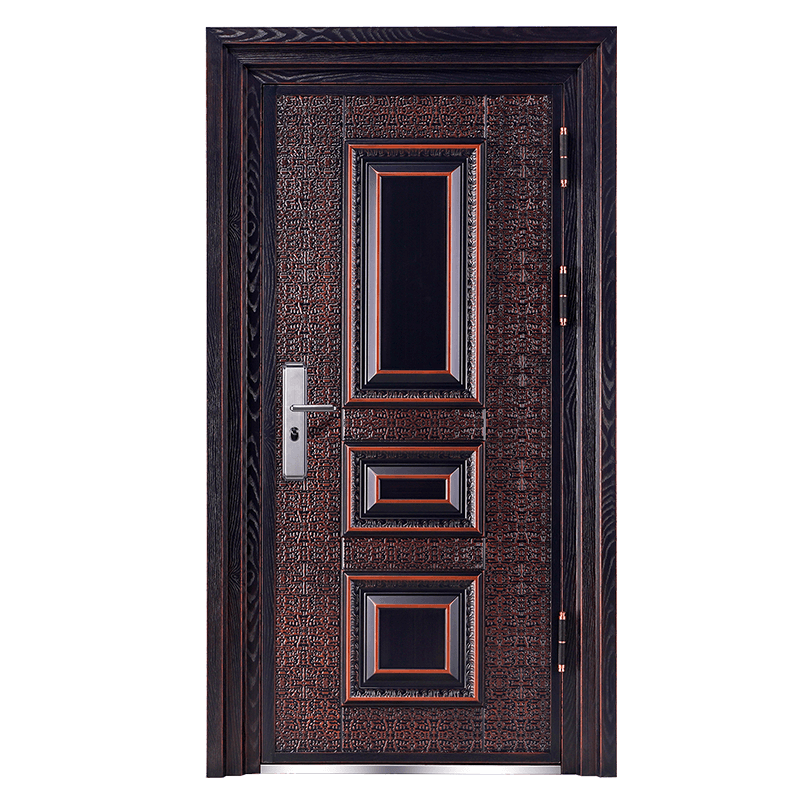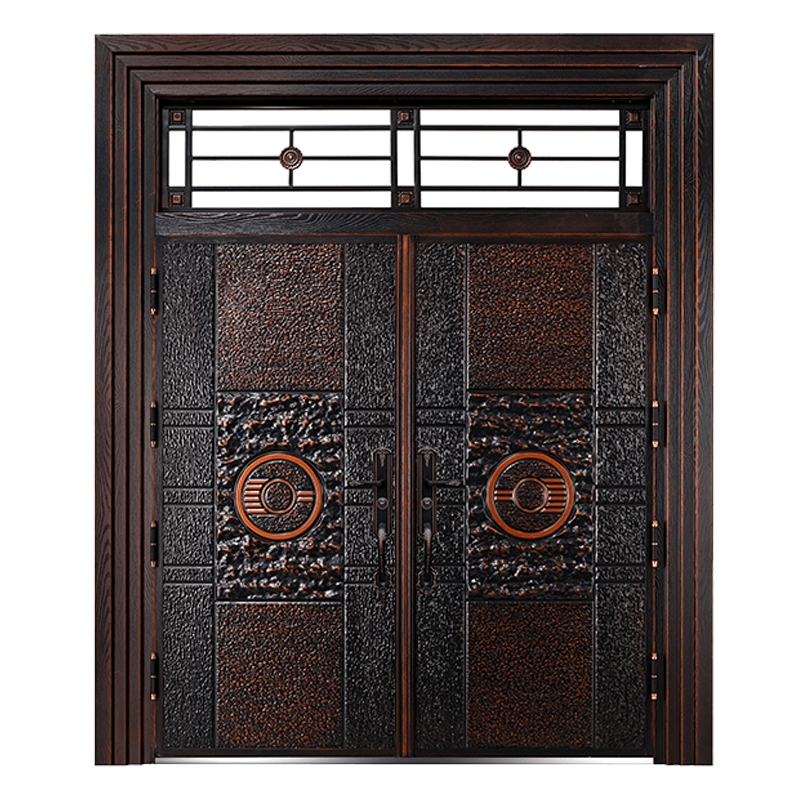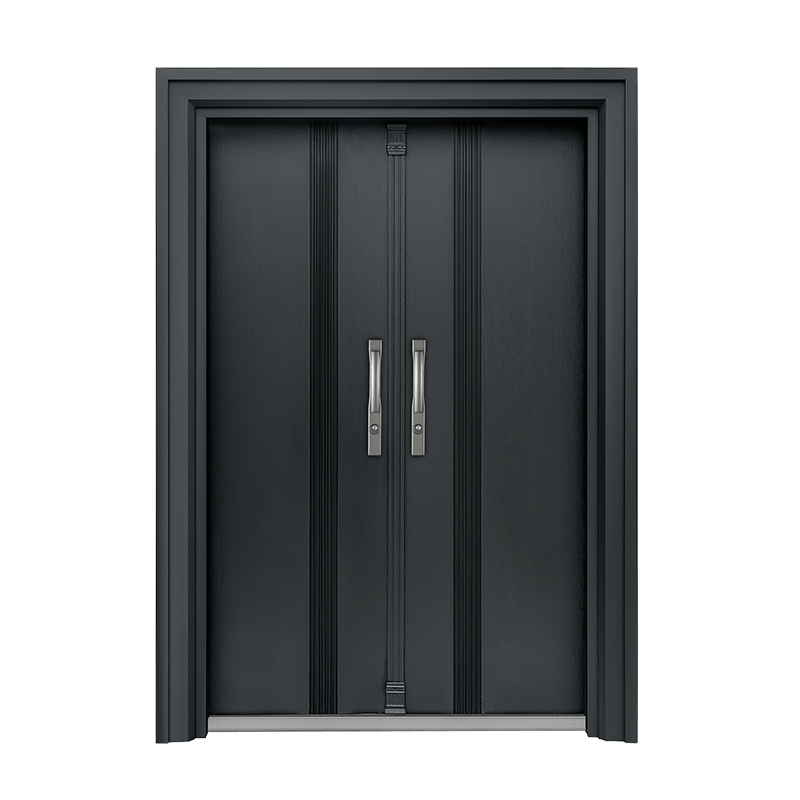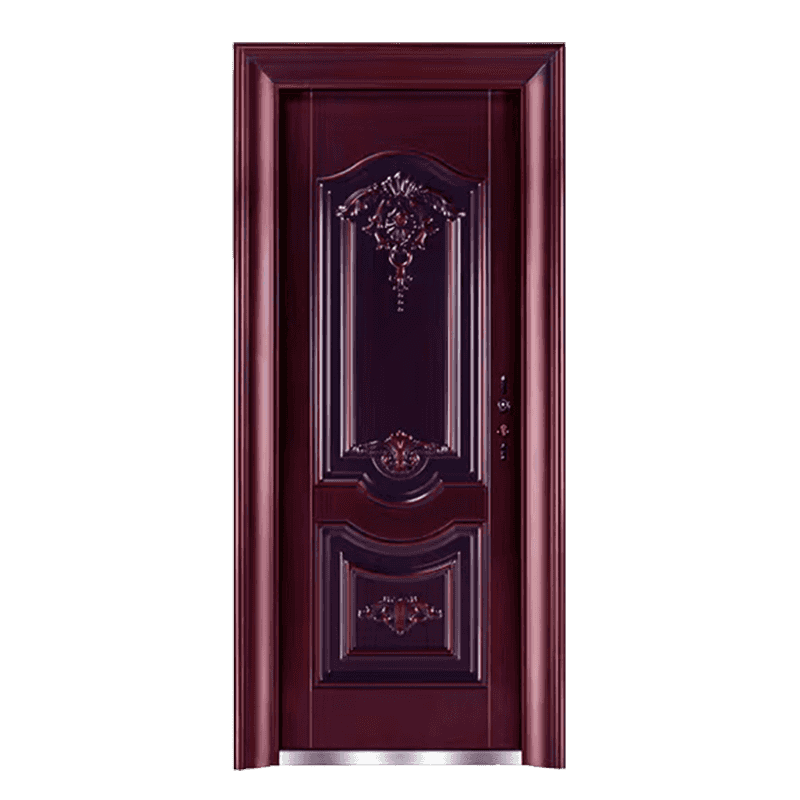Understanding the Classification of Entrance Fire Door Fire Resistance Ratings
Aug 09, 2024
Wholesale OEM Entrance Fire Door Manufacturing Producer
The Entrance Fire Door plays a critical role in the safety infrastructure of buildings, providing a crucial barrier against the spread of fire. The effectiveness of these doors is determined by their fire resistance ratings, which are meticulously classified to ensure they meet the specific needs of different building types and safety requirements. This article delves into the intricacies of how Entrance Fire Door fire resistance ratings are divided, the criteria used, and the importance of these classifications in safeguarding lives and property.
The classification of Entrance Fire Doors is based on a standardized set of tests that measure the door's ability to withstand fire for a specified period. These tests are conducted under controlled conditions and are governed by national and international standards, such as those set by the International Organization for Standardization (ISO), the European Committee for Standardization (CEN), and the American Society for Testing and Materials (ASTM).
The primary factor in classifying Entrance Fire Doors is the duration for which they can resist the passage of fire. This is typically measured in hours and is denoted by a numerical value, such as 30, 60, 90, or 120 minutes. The higher the number, the longer the door can withstand fire, providing more time for occupants to evacuate and for firefighters to respond.
In addition to the fire resistance duration, Entrance Fire Doors are also classified based on their structural integrity and insulation properties. Structural integrity refers to the door's ability to maintain its physical form and prevent the collapse of the door assembly during a fire. Insulation, on the other hand, measures the door's ability to prevent the transfer of heat to the unexposed side, thus protecting the area beyond the door from the effects of the fire.
Another aspect of Entrance Fire Door classification is the type of door construction. Doors can be made from a variety of materials, including wood, steel, and composite materials. Each material has its own set of properties that affect the door's fire resistance rating. For example, steel doors are known for their high strength and durability, but they can conduct heat more readily than wood or composite doors. As such, steel Entrance Fire Doors may require additional insulation to achieve the desired fire resistance rating.
The classification of Entrance Fire Doors also takes into account the door's components, such as the hinges, locks, and closers. These components must also meet specific fire resistance requirements to ensure that the entire door assembly can perform as expected during a fire. For instance, a fire door hinge must be able to withstand the heat and pressure of a fire without failing, as a failed hinge could compromise the door's ability to close and seal properly.
Furthermore, the classification system also considers the door's performance in a fire in terms of smoke control. In many cases, smoke can be as deadly as the fire itself, so Entrance Fire Doors are often tested for their ability to limit the spread of smoke. This is particularly important in high-rise buildings, where smoke can quickly spread through vertical shafts and pose a significant risk to occupants.
The classification of Entrance Fire Doors is not only about the door itself but also about its integration into the building's overall fire safety strategy. Doors must be installed correctly and maintained regularly to ensure they remain effective. This includes ensuring that the door closes and latches properly, that the seals around the door are intact, and that any automatic closing mechanisms are functioning correctly.
In conclusion, the classification of Entrance Fire Doors is a complex process that involves a range of factors, including the door's fire resistance duration, structural integrity, insulation properties, material composition, and component performance. These classifications are essential for ensuring that Entrance Fire Doors provide the necessary level of protection in the event of a fire, helping to save lives and decrease property damage. Understanding the nuances of Entrance Fire Door classifications is crucial for architects, building owners, and safety professionals, who must select the appropriate doors for their specific applications and ensure they are installed and maintained by high safety standards.

 English
English 中文简体
中文简体 Français
Français Español
Español عربى
عربى





